Week 5 - Flora & Fauna
| Site: | Unitec Online |
| Kurso: | ENGGMG7109 - Resource and Environmental Management 2022 |
| Book: | Week 5 - Flora & Fauna |
| Printed by: | Bisitang tagagamit |
| Date: | Miyerkules, 17 Disyembre 2025, 7:41 PM |
1. Flora & Fauna
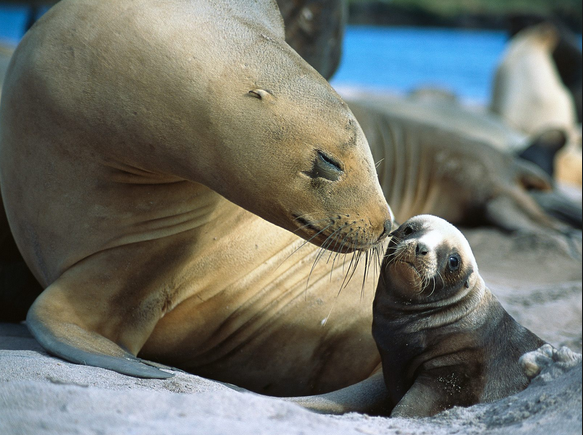 This section of the AEE aims to understand the complexity of the biodiversity around us.
This section of the AEE aims to understand the complexity of the biodiversity around us.
In New Zealand, we have a hugely diverse environment, including many different types of habitat which all influence native biodiversity, e.g:
- Dunes
- Lakes
- Forests
- Marine / Freshwater
- Riverine
- Subterranean
- Alpine
 Our country contains a high level of endemic species, one of the most varied and unique on earth due to its long isolation from other continental landmasses. Walking worms (Peripatus), who still resemble their ancestors who lived hundreds of millions of years ago, are still found here.
Our country contains a high level of endemic species, one of the most varied and unique on earth due to its long isolation from other continental landmasses. Walking worms (Peripatus), who still resemble their ancestors who lived hundreds of millions of years ago, are still found here.
These unique species include many plants, skinks, lizards and birds, all of which have been impacted by our activities. For example, the Huia bird is now extinct as the last 50 individuals were taken to form collections. The Black robin was reduced down to the last 11 individuals before conservation efforts boosted numbers back to 200 - which is still very low.
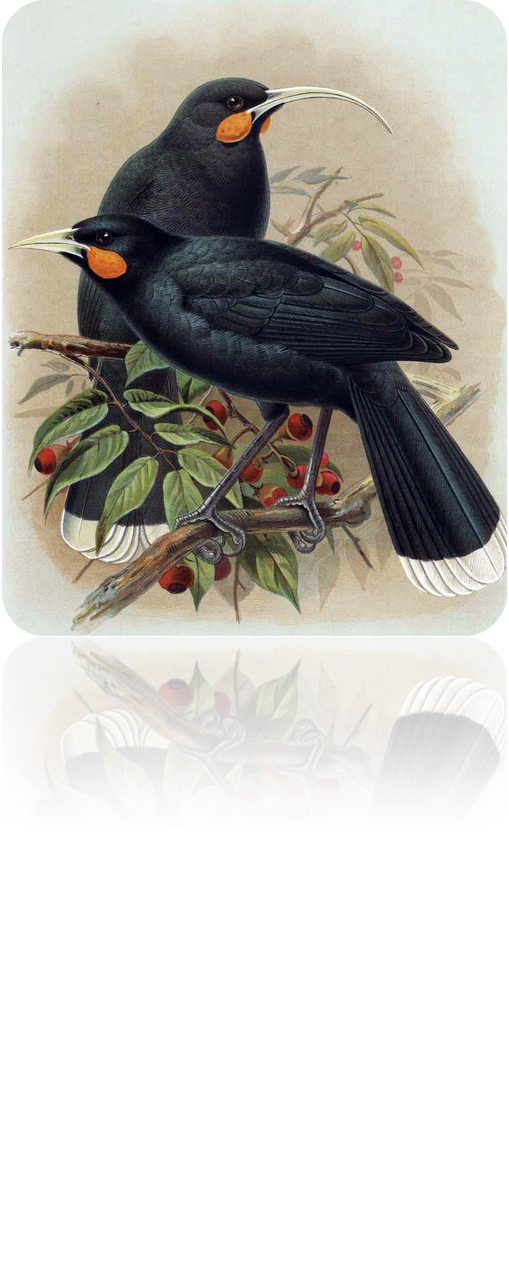
1.1. Endemic & vulnerable species
New Zealand has 21 recognised endemic species which are:
Kiwi bird, lesser short-tailed bat, Hector’s dolphin, Kea, Hamilton’s frog, Yellow-eyed penguins, Chevron skint, Little blue penguins, NZ fur seal, Tuatara, Maui Dolphin, Tui, Bellbird, Wood pigeon, Morepork, NZ falcon, Hooker’s sealion, NZ fantail, Tomtit, NZ Robin & Stitchbird (Hihi)
In addition, there are a number of vulnerable birds and mammal species struggling to cope in New Zealand's water, forests and rivers including (numbers in brackets represent no of individuals remaining):
- New Zealand Fairy Tern (35)
- Kakapo (124)
- Chatham Island Taiko (135)
- White Heron (120)
- Black Stilt (150)
- Greater short-tailed bat (??)
- Maui’s Dolphin (55)
- Bryde’s Whale (160)
- Southern Elephant Seal (250)
- New Zealand Sea Lion (12000)
1.2. Indirect activties
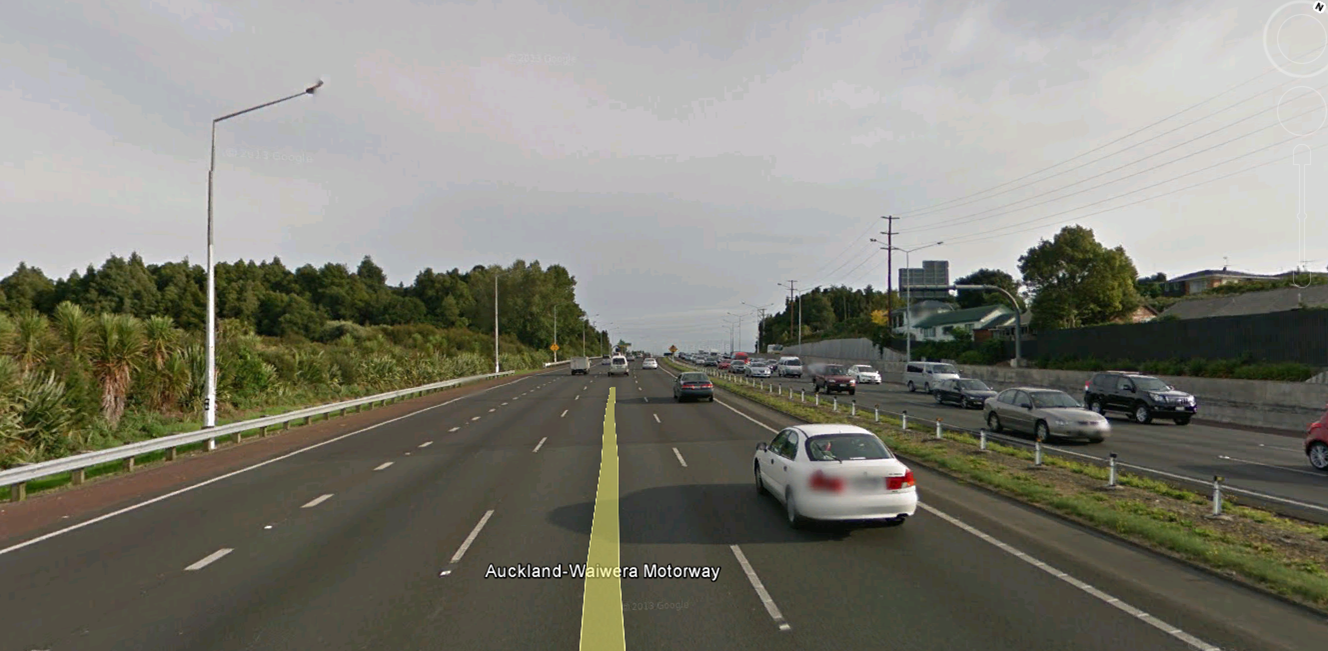 The nature and quality of the ecology in an area will determine the effects of activities such as building roads. Activities affecting flora and fauna include:
The nature and quality of the ecology in an area will determine the effects of activities such as building roads. Activities affecting flora and fauna include:
- Roads / Transport (Fragmentation / Safety)
- Developments (invasive species)
- Coastal infrastructure (marine impacts)
- Water infrastructure (habitat disturbance/ Discharges)
- Agriculture / Farming (biodiversity)
- Power infrastructure (Bird strike)
- Mining (Tailings- Acid)
- Discharges (from all sources e.g. spills)
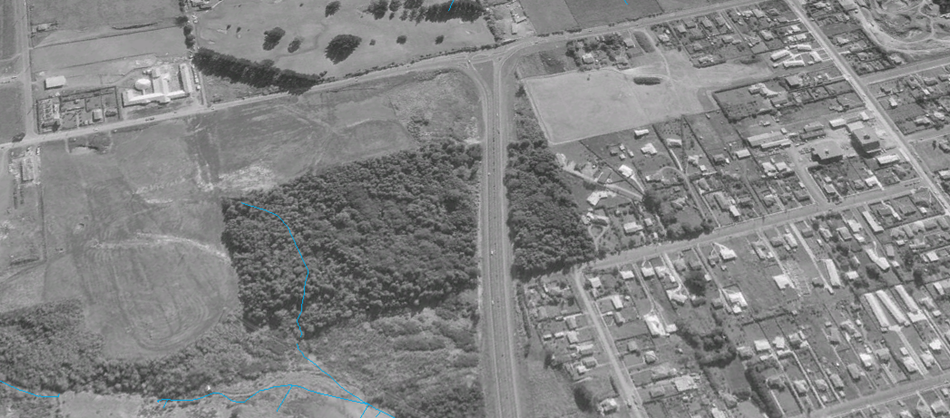 Fragmentation can present a large problem when building transportation routes. This may cause:
Fragmentation can present a large problem when building transportation routes. This may cause:
- Separation of ecological communities from new roads through the physical barrier they represent
- Change of nature of the physical environment – habitat impacts (for example, if you build a road through an area where there are natural predators than they may follow the route of the road which changes its behaviour).
- Increases in pedestrian or road traffic resulting in dispersal of weeds and pest species. Railways in particular are responsible for transport and distributing weeds over a large area.
The second image shows an area called Smith's Bush on Auckland's North Shore which was fragmented by a road. Studies since then have observed the gradual decline of the biodiversity on the right of the road.
1.3. Other factors affecting habitat
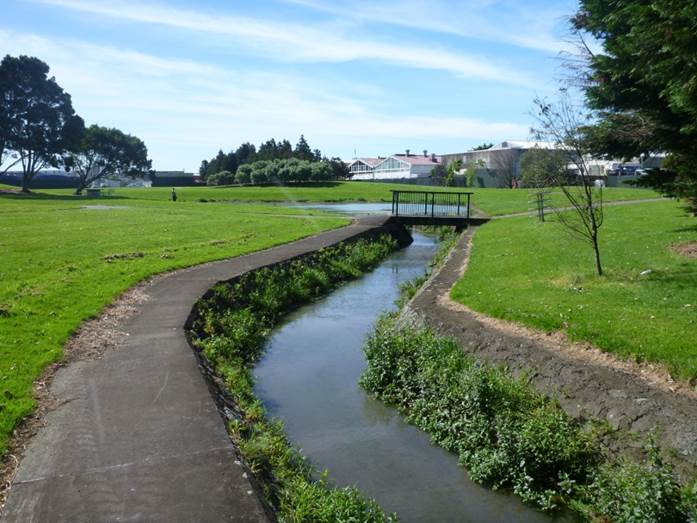 Discharging of nutrients upstream can adversely affect the ecology of an aquatic environment. An extreme example of this is observed in concrete channels which lack riperian zones. These channels types are now no longer an option in Auckland but may be elsewhere in NZ.
Discharging of nutrients upstream can adversely affect the ecology of an aquatic environment. An extreme example of this is observed in concrete channels which lack riperian zones. These channels types are now no longer an option in Auckland but may be elsewhere in NZ.
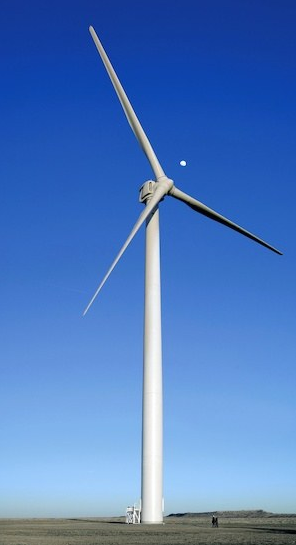 The installation of windmills as an alternative energy source at Te Uku require monitoring of the potential for the loss of bird life (in particular falcons). Approximately, 1.3 million dollars were spent determining the statistical chance of bird strikes. This assessment ran over a long time scale - approx. 6 months. Other species observed were:
The installation of windmills as an alternative energy source at Te Uku require monitoring of the potential for the loss of bird life (in particular falcons). Approximately, 1.3 million dollars were spent determining the statistical chance of bird strikes. This assessment ran over a long time scale - approx. 6 months. Other species observed were:
- Migratory Seabirds
- Freshwater Fish
- Weeds and their dispersal
- Freshwater insects
1.4. Ecological assessment tools
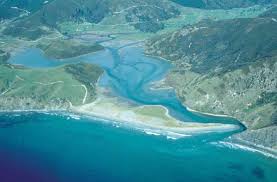 Although there are no national standards for assessing flora and fauna with the exception of the MCI (Macroinvertebrate Community Index). The ANZECC guidelines (Australian and New Zealand guidelines for freshwater and marine water quality - click here for link) are a useful tool for comparing results. Methodologies for assessing ecology include:
Although there are no national standards for assessing flora and fauna with the exception of the MCI (Macroinvertebrate Community Index). The ANZECC guidelines (Australian and New Zealand guidelines for freshwater and marine water quality - click here for link) are a useful tool for comparing results. Methodologies for assessing ecology include:
- MCI
- Pit Trapping (see image below for a herpetofauna trap)
- 5 Min Bird Counts (see below)
- Ecological Response Criteria (ERC)
- Vegetation Survey (significant trees or biodiversity may be listed in the district or regional plans).
 5 minute bird counts
5 minute bird counts
1.5. Waterview Case Study
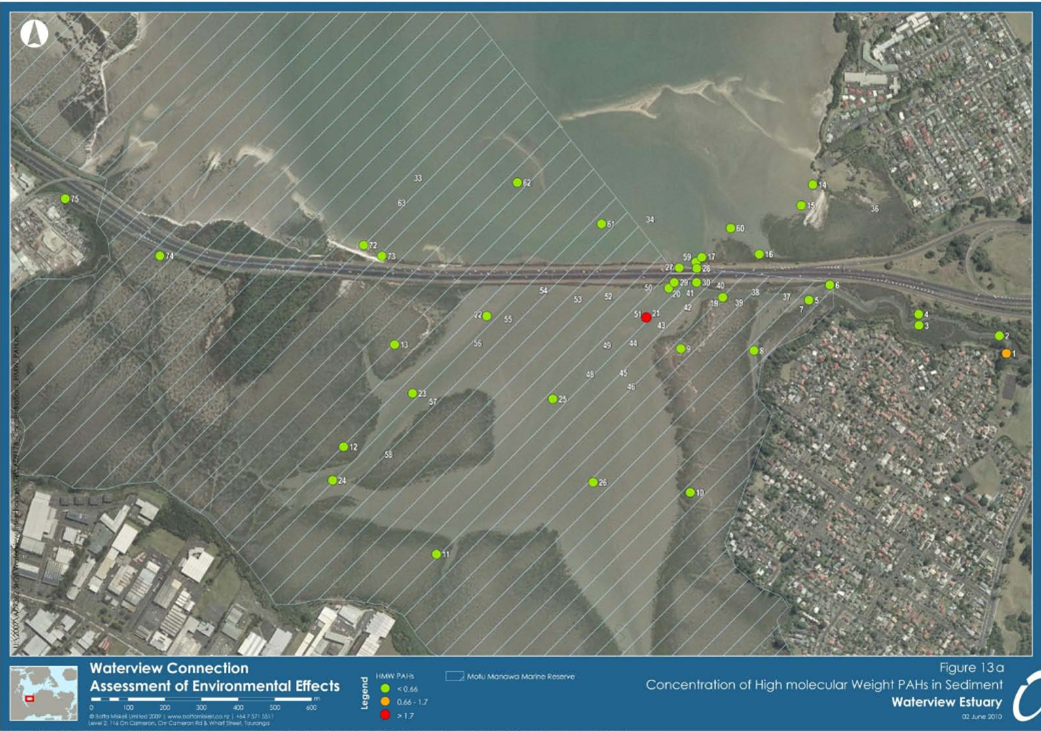 At the Waterview Tunnel Site, the assessment of effects for marine environment included consideration of the significance of impacts based upon the following:
At the Waterview Tunnel Site, the assessment of effects for marine environment included consideration of the significance of impacts based upon the following:
- Type of impact (adverse/beneficial);
- Extent and magnitude of the impact;
- Duration of the impact (permanent, long-term, short-term);
- Sensitivity of the receptor / receiving environment;
- Comparison with legal requirements, policies and standards and guidelines.
This included a comprehensive ERC which was based on ANZECC (2000) Interim Sediment Quality Guidelines (ISQG) and other international sediment quality guidelines. The ERC are intentionally conservative, but generally concentrations in the green range indicate a low risk to organisms, concentrations in the amber range indicate possible effects on organisms, and concentrations in the red range indicate probable impact on organisms and potentially ecological functioning (ARC, 2004). Monitoring including analysing for lead, zinc and polyaromatic hydrocarbons (PAHs).